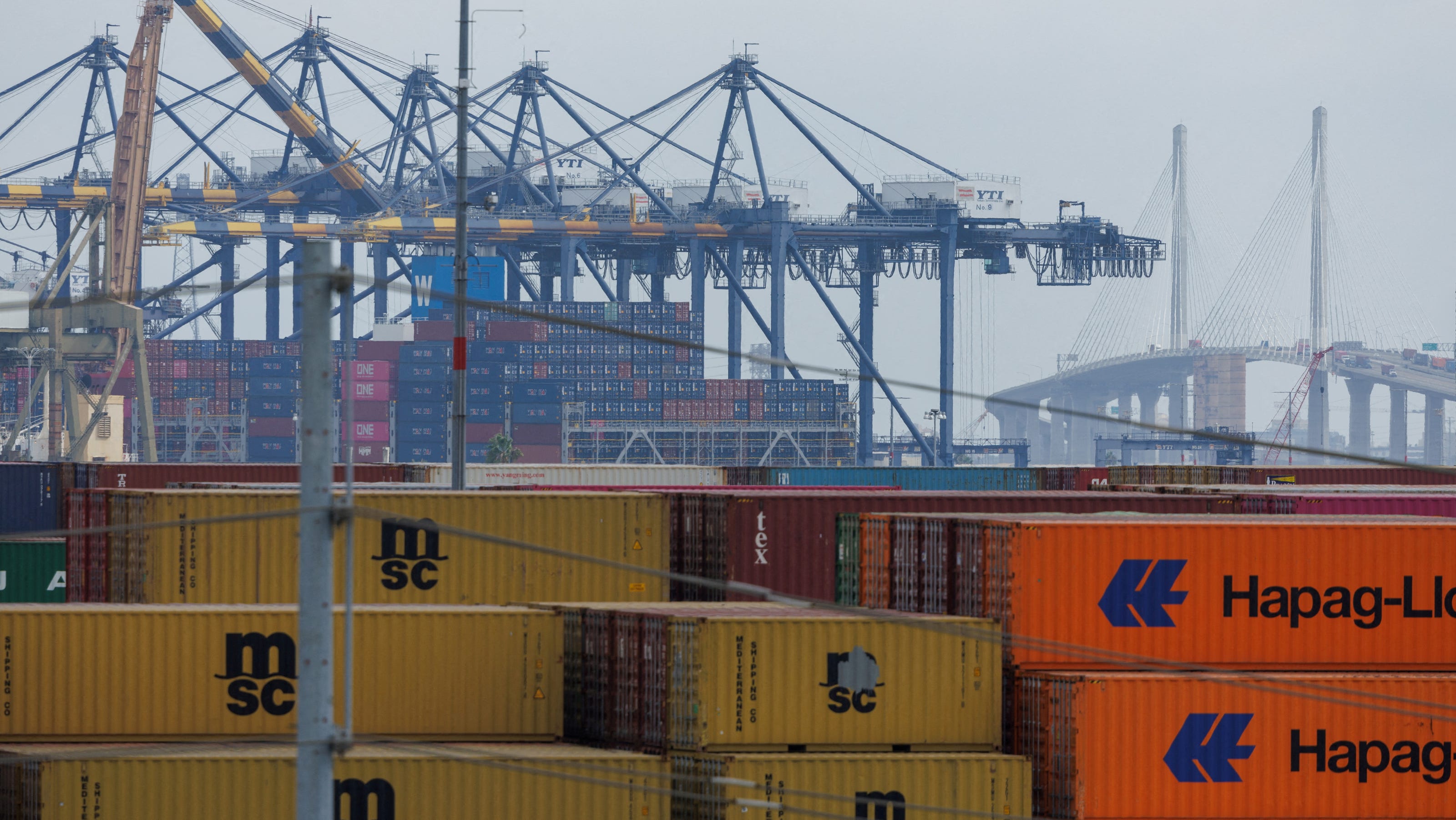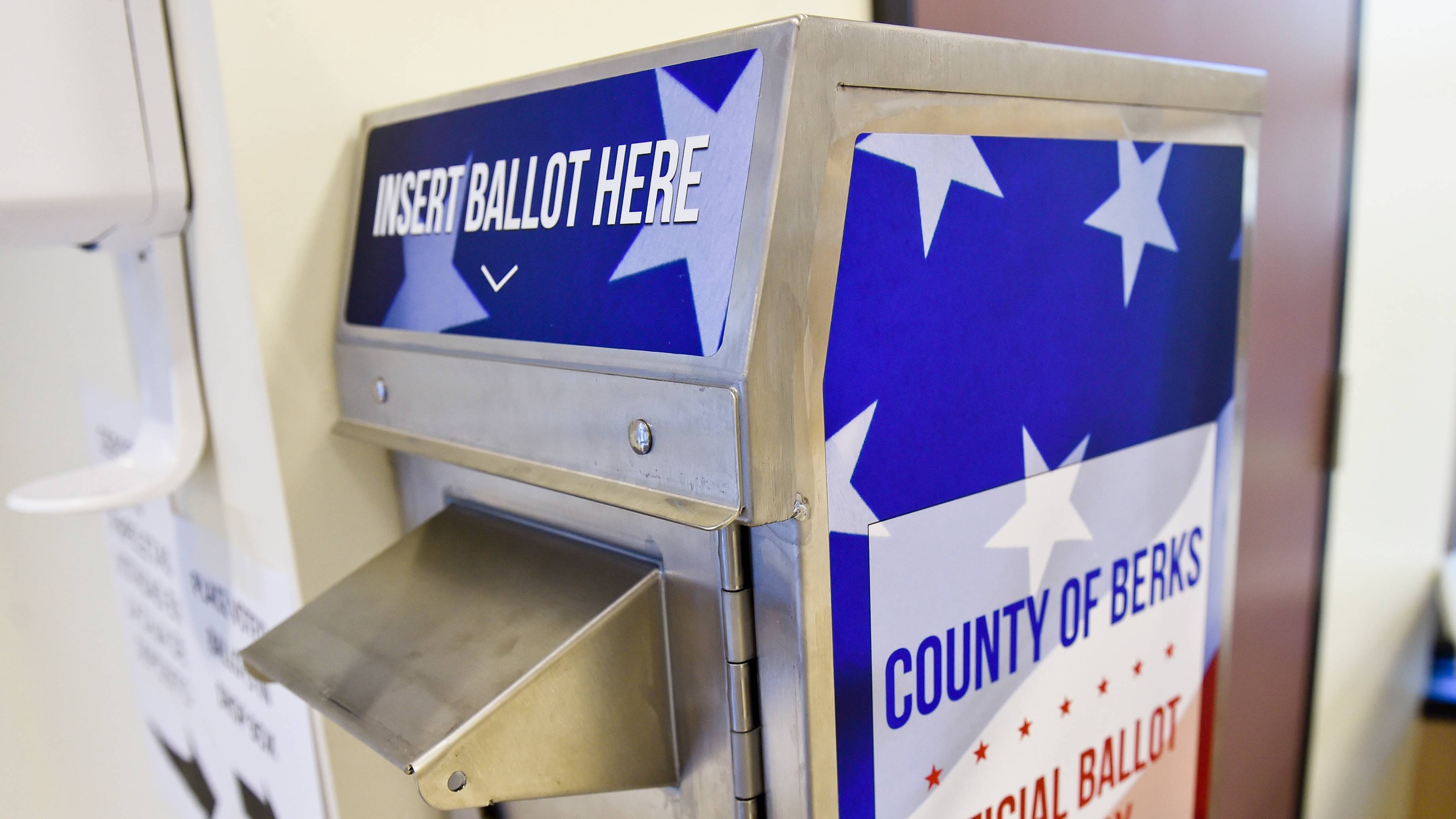Increased US Tariffs On Solar Imports: Hanwha And OCI's Market Share Play

Table of Contents
Hanwha's Strategic Response to Increased Tariffs
Hanwha, a global leader in solar energy solutions, has responded aggressively to the challenges posed by increased US tariffs on solar imports. Their strategy focuses on strengthening their US presence, diversifying their supply chain, and adapting their marketing and sales strategies.
Hanwha's US Presence and Manufacturing
Hanwha has made significant investments in US-based solar manufacturing, recognizing the strategic advantage of local production in the face of tariffs. This includes establishing manufacturing facilities and expanding existing operations within the United States. This reduces reliance on imported components and mitigates the impact of tariffs on their final product pricing. This commitment to domestic manufacturing also allows Hanwha to benefit from government incentives and support aimed at boosting domestic solar energy production.
- Example 1: Hanwha Q CELLS' expansion of its Dalton, Georgia, facility, significantly increasing its solar cell and module production capacity.
- Example 2: Investment in research and development within the US to improve efficiency and reduce the cost of solar panel production.
- Market Positioning: Hanwha Q CELLS offers a range of high-efficiency solar panels targeting both residential and utility-scale projects, leveraging their US manufacturing capabilities to offer competitive pricing.
Hanwha's Supply Chain Diversification
To reduce dependence on specific sourcing regions and mitigate future tariff risks, Hanwha has actively pursued supply chain diversification. This involves establishing relationships with suppliers in various regions beyond China, securing alternative sources of raw materials and components crucial for solar panel manufacturing.
- Key Partnerships: Collaborations with polysilicon producers and other component manufacturers located outside of China.
- Sourcing Locations: Expanding sourcing to regions such as Southeast Asia, Europe, and the Americas.
- Strategic Implications: This diversification enhances resilience against future tariff increases or geopolitical instability affecting specific supply chains.
Hanwha's Marketing and Sales Strategies
Hanwha has adapted its marketing and sales strategies to address the challenges of increased tariffs. This includes a focus on highlighting the benefits of buying domestically-produced solar panels, emphasizing the "Made in the USA" aspect to attract customers concerned about import costs and supply chain reliability.
- Marketing Campaigns: Focusing on the economic and environmental benefits of choosing American-made solar products.
- Pricing Strategies: Maintaining competitive pricing while absorbing a portion of the tariff impact to remain attractive to buyers.
- Target Markets: Targeting both residential and large-scale utility projects, leveraging their diverse product portfolio.
OCI's Strategic Response to Increased Tariffs
OCI, a leading polysilicon producer, plays a crucial role in the solar supply chain. Its response to increased US tariffs on solar imports focuses on leveraging its production capacity, strategic partnerships, and long-term investments.
OCI's Polysilicon Production and Market Position
OCI's significant polysilicon production capacity directly impacts its ability to navigate the tariff landscape. Polysilicon is a key raw material in solar panel manufacturing, and OCI's substantial output gives it a strong position in the market. Fluctuations in polysilicon prices directly influence the profitability of solar panel manufacturers, making OCI's strategic planning vital.
- Production Capacity: OCI boasts substantial polysilicon production capacity, making it a significant player in the global market.
- Market Share Data: OCI holds a considerable market share in polysilicon supply, allowing for greater price stability and negotiation power.
- Price Trends: OCI's production capacity influences global polysilicon prices, directly impacting the cost of solar panel manufacturing.
OCI's Partnerships and Collaborations
OCI has strategically formed partnerships with US solar manufacturers and developers. These collaborations help secure downstream markets for its polysilicon and foster growth within the US solar industry.
- Key Partnerships: Joint ventures and agreements with solar panel manufacturers and project developers in the United States.
- Collaborative Projects: Initiatives focused on increasing US-based solar manufacturing capacity and improving supply chain efficiency.
- Strategic Objectives: Strengthening the US solar manufacturing ecosystem through collaborative efforts.
OCI's Long-Term Investment Strategy
OCI's long-term investment strategy in the US solar market demonstrates a commitment to the sector's growth. This includes plans for future capacity expansion and technological advancements, strengthening its position within the US solar industry.
- Planned Investments: Investing in expanding polysilicon production capacity within the US to meet growing demand.
- Technological Upgrades: Investing in research and development to improve efficiency and reduce the cost of polysilicon production.
- Sustainability Goals: Commitment to sustainable manufacturing practices and environmental responsibility.
The Broader Impact of Increased US Tariffs on the Solar Industry
Increased US tariffs on solar imports have had a significant impact on the broader solar industry. These tariffs have led to increased costs for solar products, potentially slowing down the growth of the US solar market in the short term.
- Price Changes: Tariffs have resulted in higher prices for solar panels and other solar components in the US market.
- Production Volume Changes: The tariffs have impacted the volume of solar imports, potentially leading to production bottlenecks.
- Job Creation/Loss Projections: While some jobs may be created through increased domestic production, others could be lost due to reduced market growth.
Conclusion: The Future of Hanwha and OCI in a Tariff-Adjusted Solar Market
Hanwha and OCI have demonstrated proactive and strategic responses to the challenges posed by increased US tariffs on solar imports. Their investments in US manufacturing, supply chain diversification, and strategic partnerships highlight the importance of adapting to evolving market conditions. The long-term implications of these strategies will significantly impact their market share and the overall competitiveness of the US solar industry.
To understand the complete picture, it's crucial to continue following the evolving dynamics of the US solar market and the strategies employed by key players like Hanwha and OCI. Further research into the impact of increased US tariffs on solar imports on the broader energy landscape is vital for informed decision-making. Understanding the complexities surrounding increased US tariffs on solar imports is essential for all stakeholders in the solar energy sector.

Featured Posts
-
 Maryland Drivers Illegally Registering Vehicles In Virginia Costing The State Millions
May 30, 2025
Maryland Drivers Illegally Registering Vehicles In Virginia Costing The State Millions
May 30, 2025 -
 Dhkra Alastqlal Ihyae Wtjdyd Alehd
May 30, 2025
Dhkra Alastqlal Ihyae Wtjdyd Alehd
May 30, 2025 -
 Gisele Pelicots Memoir Optioned By Hbo A Look At The Adaptation
May 30, 2025
Gisele Pelicots Memoir Optioned By Hbo A Look At The Adaptation
May 30, 2025 -
 Ruben Amorims Concerns A Manchester United Players Future In Doubt
May 30, 2025
Ruben Amorims Concerns A Manchester United Players Future In Doubt
May 30, 2025 -
 The Ftcs Open Ai Investigation A Deep Dive Into Chat Gpts Practices
May 30, 2025
The Ftcs Open Ai Investigation A Deep Dive Into Chat Gpts Practices
May 30, 2025
